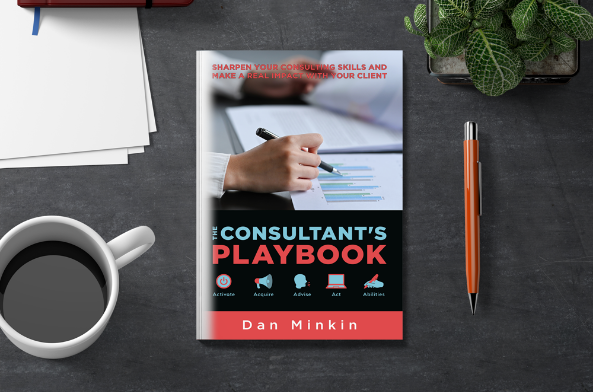Ways of Working -The Sixth Perspective of Consultancy
At the time of writing, in June 2022, the world was still dealing with the devastating COVID-19 pandemic. The impact has been enormous, with billions affected and millions of lives lost. This has had huge consequences on the way people lead their lives and how they perform their work. The world of consulting had been affected like every other industry. As well as the challenges the pandemic introduced, there have also been changes that proved beneficial.
- In part due to the “Great Resignation” and reduced international mobility, clients are struggling to find employees of their own to perform certain roles, and they are turning to consultants, contractors, and professional services firms to fill this gap.
- Remote working has allowed clients to use expertise from around the world, potentially widening the market for successful consultants whilst simultaneously increasing competition in home markets.
- Clients are less insistent on the need for face-to-face contact, meaning sales, relationship building, and delivery activities are becoming more efficient.
- There are notable improvements in work-life balance across the industry as a result of remote working and a change in the acceptability of long working hours, mitigating some of the pressures that can come with consultancy.
The new normal is still being defined; therefore, consultants and clients are having to understand what works for both. This means agreeing upfront and putting the details into the contractual terms and conditions, making adjustments to pricing and fees to reflect increased costs, and being able to offer alternative services and delivery methods where they might decrease cost, add value, or increase choice.
Because of these changes, a new perspective has been established – Ways of Working.
- Co-location. Co-location with the client has been the default way of working for most consultants until COVID struck. It makes for easier collaboration and potentially easier access to information. And by being in view, it mitigates a common client fear of lack of control over the consultant’s activities. However, this way of working has some downsides. It can be personally restrictive for you as the consultant, meaning a lack of control over where and when work is performed, and you may also face limitation on how you can manage other work outside of the individual client. For the client, it potentially restricts the amount of expertise on-site to those who are working locally or can be made to do so. There is potentially greater cost for either client or consultant due to the need to travel, and potentially a cost for the client in having to provide equipment on-site.
- Remote. At the other end of the spectrum from co-location is remote working. From a consultant’s perspective, remote can mean work from home, from a consultancy office in another city, or even internationally. Through the ability to work remotely, the client has access to entirely new remote delivery models, which has the benefit of increased capacity and access to worldwide capability. Thereby, the consultant or consultancy can manage their own commitments in a more independent manner. It is important that all parties understand how reporting, relationships, and productivity are managed and ensured in remote working situations.
- Hybrid. Hybrid working is way of working which mixes elements of co-location and remote. Theoretically then, hybrid working can be constructed to have the advantages of both models. For the individual, it allows the consultant an improved level of control, freedom, and individual work-life balance whilst allowing the benefits of face-to-face collaboration for both consultant and client. It is therefore a flexible model. There are some additional considerations, though. It requires the most upfront negotiation as to acceptable working patterns on both sides, and minds may change over time. You also need to coordinate with others on your project so your face-to-face time isn’t someone else’s remote time, and finally, you or the client may contend with the added costs of needing equipment in multiple locations.

